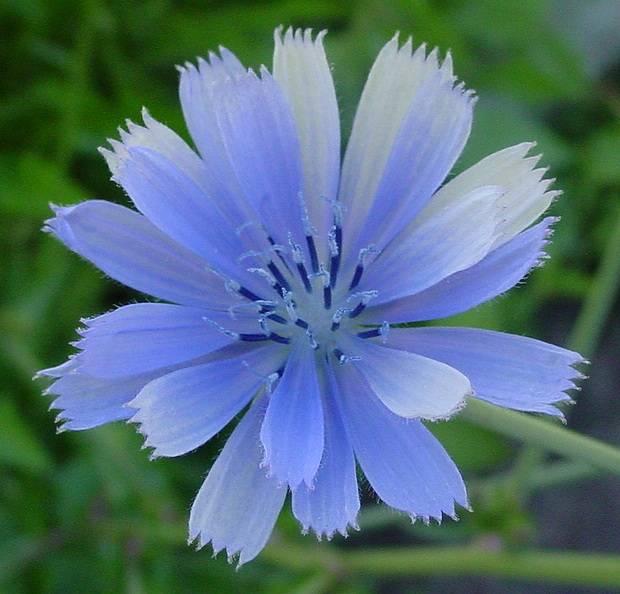Mountain coffee: Chicory
Published 6:15 am Tuesday, June 18, 2019
|
Getting your Trinity Audio player ready...
|
By Steve Roark
Tri-State Outside
Chicory was a popular wild plant back in the day when it was used to make a coffee-like beverage. It is very common in our area and can be seen right now growing along roadsides and abandoned places.
Chicory is easy to identify by its blue, dandelion-like flowers that have fringed, flat tipped petals, which can sometimes be white or pink. The flower will usually close up in the late afternoon or on overcast days. The leaves at the base of the plant are dandelion-like (they are in the same family) as well and will bleed a milky sap when broken off. Chicory stands around two feet tall.
Besides being used as a coffee substitute, chicory has been used for centuries as a medicinal. The root is recorded to have been used to treat stomach ailments, as a laxative, to treat a fever, and for jaundice. In research, chicory has been found to have antibacterial qualities and to slow heart rate. It may eventually be a source of medication to treat heart irregularities.
The root of chicory has a fleshy white color. It can be dug up in the fall, roasted in an oven until dark brown and brittle, then ground and prepared like coffee. Caution: Only try small amounts of a new food in case of food allergies. Use roughly 1 1/2 teaspoons of chicory to each cup of water. Always start the brewing process with cold water. Do not boil while brewing, as this may make the coffee bitter and drive off some of the oils that contribute to the flavor. Brewing time will vary to your own taste but should be kept to a minimum to prevent making the coffee too strong. The root of chicory will lose its flavor when exposed to air, so keep it in tight containers, especially after being ground. You can find chicory in health food stores as a beverage.
Steve Roark is a retired area forester from Tazewell, Tennessee.







